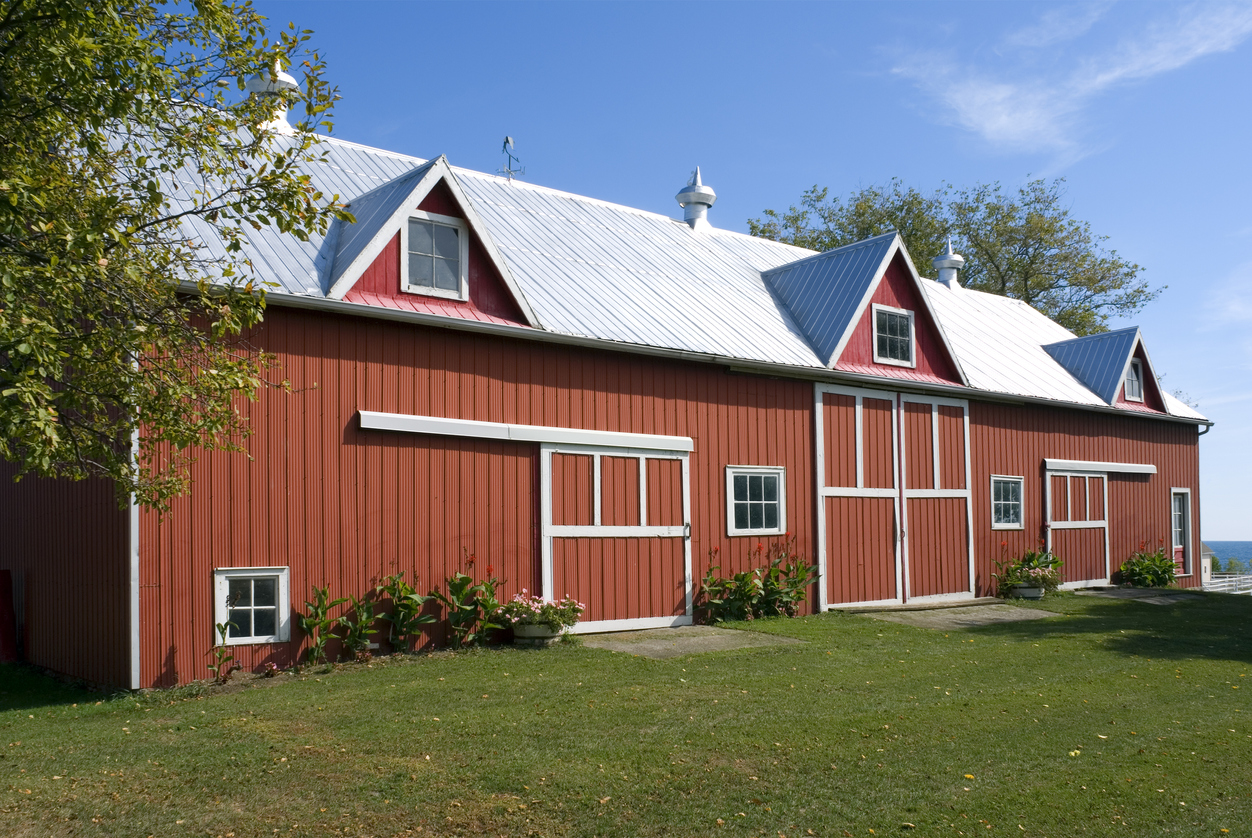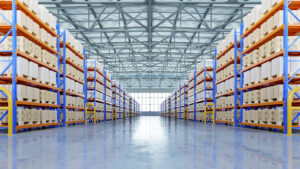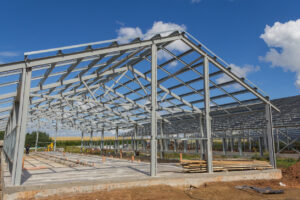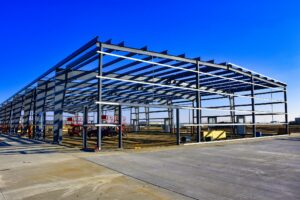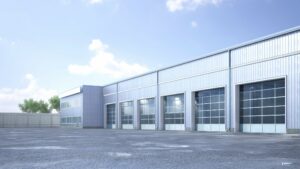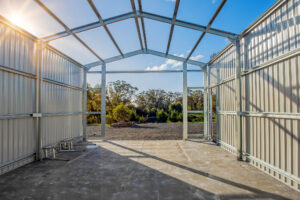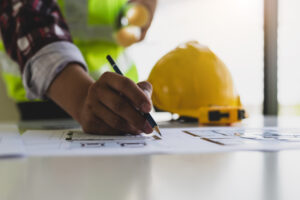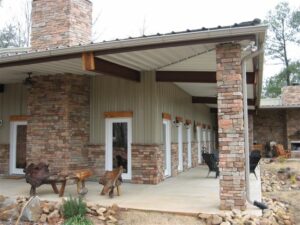What You Need To Know About Insuring A Metal Building
If you are considering building a new metal building, add the cost of insurance to your financial considerations. This is true whether you plan to use the metal building for personal or business purposes.
The good news is metal building insurance tends to be less expensive than you pay for other structures. There are some critical factors to keep in mind, though, to ensure you get the best price. What does it take to insure a metal building?
ISO Fire Resistance Classifications
Insurance is about risk. Insurance companies base their premiums on how likely something is to happen that will trigger a claim. For most structures, fire is a primary risk factor if the building is under 15,000 square feet. If it is larger than that, they will also look at the weather and the overall value of the building.
So, the first thing you should look at is the ISO construction classifications for fire resistance. There are six classifications:
- Class 1 – The exterior walls should be noncombustible or slow-burning. Some parts are combustible, though, such as the floor, walls, and roof. This is the least resistant classification.
- Class 2 – Includes constructions with outside walls composed of fire-resistant materials with a one-hour rating. A one-hour fire resistance indicates that the materials can withstand fire exposure for at least one hour.
- Class 3 – Covers buildings with external walls, floors, and roofs that are noncombustible or burn slowly. Metal supports that are noncombustible or slow-burning can also be used in these structures.
- Class 4 – The external walls have a minimum fire-resistance rating of one hour and masonry at least four inches thick The flooring and ceiling are noncombustible or burn slowly.
- Class 5 – The external walls, floors, and roof may be classified as Class 6; however, there are thickness differences. Fire resistance is at least one hour but no more than two hours.
- Class 6 – This is the most fire-resistant class. Solid masonry walls must be at least four inches thick, and hollow masonry walls must be at least eight inches thick. The entire structure has a fire-resistance rating of at least two hours. Furthermore, the flooring, roof, and metal support have a minimum fire-resistance rating of two hours. The constructions also include pre-stressed or post-tensioned concrete components for increased fire protection.
Not every metal building needs to have a class 6 classification, though. The key is finding the one that offers you the best insurance price and stays within your construction budget. That may take some research. Class three tends to be the standard for steel buildings.
Often, looking to upgrade to lower the insurance costs doesn’t make sense. This is because the pricing between the different insurance policies will be less than the additional construction costs.
Ways to Lower Your Insurance on a Metal Building
You save money by choosing to build a metal building over a wood one. They are less expensive to build and repair, and they are resistant to fires, water damage, and severe winds.
Still, there are even more things you can do to bring the price of that insurance down further. The best option is to take steps to fireproof the new metal building further.
Intumescent coatings
One of the primary advantages is that intumescent coatings may extend up to 100 times their original thickness, giving improved fire protection by acting as a buffer between the fire and the steel components. When exposed to severe temperatures, the coating will undergo a chemical reaction and expand—but not hot enough to compromise the steel’s integrity.
Rigid Board Fireproofing
Rigid board fireproofing is quick and straightforward to install. Rigid board fireproofing meets fireproofing standards while also providing thermal and acoustic management.
Concrete
Autoclaved aerated concrete can improve and offer fire resistance, particularly around steel columns. When put between the flanges and attached to the web of rolled sections, this generates fireproofing properties.
You can also use regular concrete to encase large sections of the building. It is less expensive and adds fire resistance.
Install a Liquid Convection Cooling System
With this system, if there is a fire, the hot liquid rises, enabling cooler water to be run into the area of the structure impacted by the fire, lowering the temperature of the structural parts.
Even something as simple as adding a sprinkler system can lower insurance costs. There is no guarantee any of these will make a difference as there are different laws and regulations in many areas, however as a general rule steel construction will almost always lead to lower insurance costs.
If you are considering building a new structure, metal can save you money in many ways. They are less expensive to build and repair, and they are resistant to fires, water damage, and severe winds. It’s no wonder that insurance companies favor them with lower premiums.
Contact SteelCo for additional information if you’re interested in having a custom steel building built for your site. We are a metal building company that can help you design a steel building that meets your requirements, whether they are commercial, recreational, or industrial.








